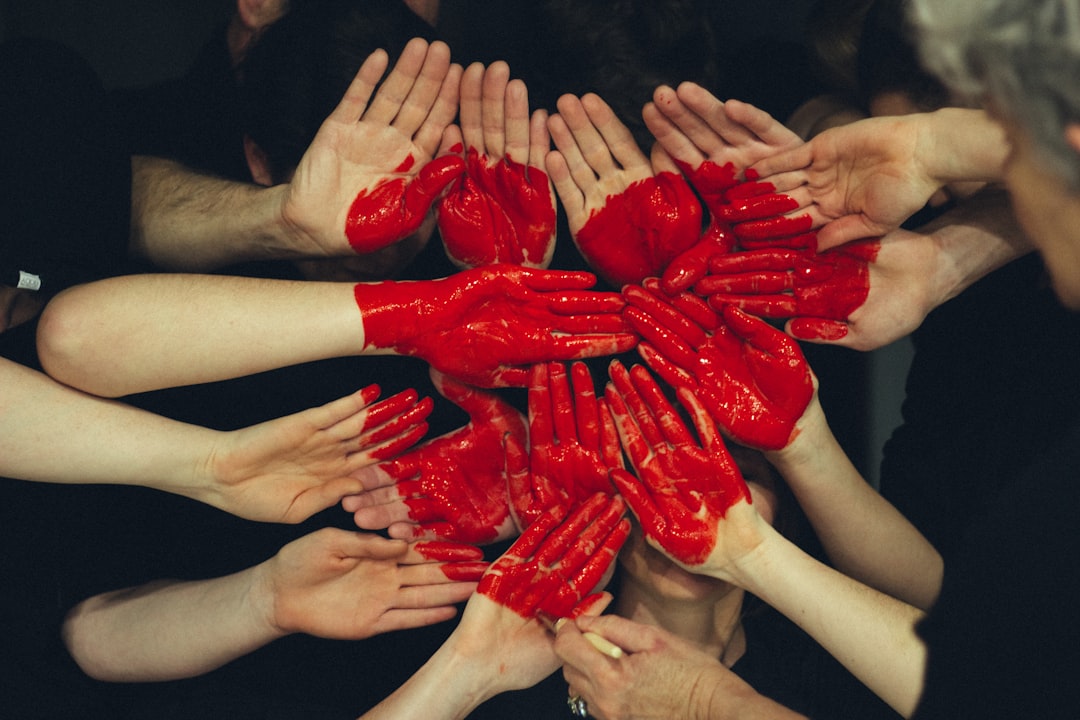The Power of Compassion: A Personal Experience
Joining hands in compassion: A personal experience of embracing our common humanity through the expression of loving-kindness.

Recently, a particular person came to mind during one of my daily meditation practices. I felt a deep sense of openness towards this person and what they are going through. So, I was compelled to engage in a compassion practice and started directing loving-kindness and compassion towards them. Strangely, when I was directing compassion towards this person, I suddenly got the feeling of the visualisation of this person directing compassion towards me and us joining hands.
This experience of joining hands with the visualisation of this person for me was represented as an act of compassion, a mutual one that felt soothing and all-embracing and reminded me of how Neff (2003) describes that compassion is made up of three main elements:
Mindfulness - which is the prerequisite and basis of meditation but not sufficient on its own. Rather, when employed skillfully, I find that it helps me hold painful thoughts and feelings in an open, balanced awareness without becoming fused with them.
Kindness - being kind to oneself and others in instances of pain and failure rather than engaging in harsh criticism of oneself or others.
Common humanity - that we all experience suffering and perceiving difficulties we go through in our lives as common to us all humans, as part of a larger human experience. While remembering that we all want to be free from suffering and the causes of suffering, so rather than something that separates us or isolates us suffering and the motivation to reduce it should be something that unites us all.
If you are interested in a deeper understanding of compassion and its three elements, watch the following talk by Kristin Neff.
On reflection, I see this common humanity represented in compassion as a flow in the act of us, as individuals, being open to the suffering of others together with wanting for that suffering to stop while embracing others with kindness and compassion.
As Gilbert and Choden (2014) point out, compassion is,
Being sensitive to the suffering of self and others with a deep commitment to try to prevent and relive it. (p. 1)
But personally, I think that compassion as our common humanity is more deeply reflected in how Rinpoche and Swanson (2007) define it commenting,
Compassion is essentially the recognition that everyone and everything is a reflection of everyone and everything else. (p.174)
But not only that, as in this experience, I felt the visualisation of the person I was directing compassion to started directing compassion towards me spontaneously. Again, this made me reflect that truly, beyond all the theory, compassion is something that is common to us all, something that unites us. As Neff (2003) says, compassion is our common humanity.
It also brought to mind what Gilbert and Choden (2014) say in their book, that compassion isn’t unidirectional, it cannot exist in isolation, but it is a dynamic expression between individuals reflected in a flow of genuine selfless actions of love and kindness towards each other without expecting anything back.
References
Gilbert, P., & Choden. (2014). Mindful compassion. Oakland, CA: New Harbinger Publications.
Neff, K. (2003). Self-compassion: An alternative conceptualization of a healthy attitude toward oneself. Self and Identity, 2(2), 85-101. doi:https://doi.org/10.1080/15298860309032
Rinpoche, Y. M., & Swanson, E. (2007). The joy of living: Unlocking the secret and science of happiness. New York, NY go to sleep: Random House Inc.

